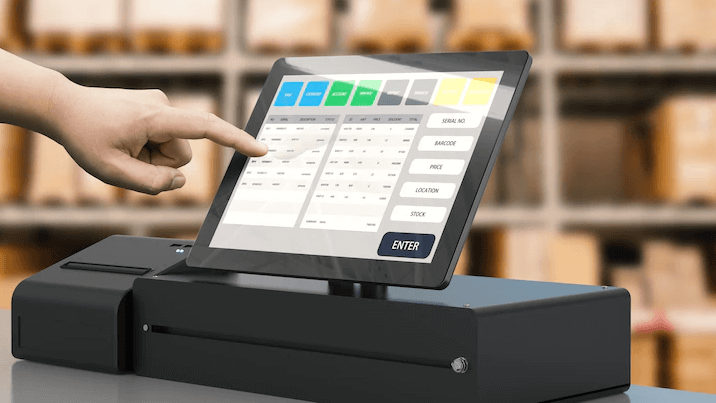The retail and service industry is changing, as are the tools used to power it. At the center of this development is the current POS point of sale system, that combines software and hardware that go well beyond cash registers and receipts. The focus is no longer on collecting payments. Today, the point of sales experience is about operational intelligence, customer insight, and seamless integration across every aspect of the business.

POS Software: The Heart of the System
While a standard setup might handle the basics, POS software can act as an overall command. It updates stock automatically and alerts customers when products are running out. It tracks the history of sales and customer preferences. Every transaction is converted into valuable information for future marketing decisions and purchasing.
One of the most under-appreciated advantages of a high-quality POS system is its ability to connect dots between different departments. Instead of handling payroll in isolation For instance, some systems incorporate time clocks that directly informs employee scheduling and wage calculation. The result is a simpler workflow, with less administrative stress.
POS software comes with the option of synchronization, which is vital for businesses with both a physical and online presence. In-store products can be synchronized with online inventory in real-time to avoid double-selling or mismatches. The trend of shopping toward hybrid shopping in which customers shop online, but make their purchases at the store, is a necessity.
Why integration is more important Today More Than Ever
Modern POS platforms are a wonderful example of integration. The days of having to manage different tools that don’t “talk” with one another have come to an end. A robust POS platform can be defined by its capability to connect inventory, sales management, staff management, and accounting.
Be aware of the user experience. A single scan at checkout can pull up the loyalty points of customers as well as apply discount coupons to relevant items, and send an electronic receipt to their inbox all without sloweding the process. On the backend, the sale updates the revenue totals inventory availability, as well as daily reports. This results in an experience that is more personalized and reduces the need for manual input.
This level of insight can be invaluable for executives and business owners. They can adapt their pricing strategies and react to changing trends more quickly with precise real-time data.
A monetary investment that pays off in the Long-Term
There are many reasons many business owners are investing in POS software. They offer measurable ROI. They’re not just about speed or accuracy, but in the way they support more informed decision-making and sustainable growth. An effective point-of-sale system will simplify operations and uncover patterns that you might have missed.
Additionally, with the growth in expectations for consumers an advanced point-of-sale setup becomes an important but unnoticed part of the customer experience. Today, customers expect quick checkouts, accurate updates to stock and adaptability in electronic payments. Businesses who deliver on these aspects earn more respect as well as more repeat visits.
Final Thoughts
A modern POS system is much more than a check-out tool. It’s a bridge that connects your company, its products and your customers. A POS system that’s suitable for your business will help you make better choices and be more efficient.
Staying ahead in a competitive marketplace means being knowledgeable, agile and customer-focused. With a well-thought-out, integrated POS point of sale system at your side it’s not just about making profits, you’re also building a long-term sustainable.